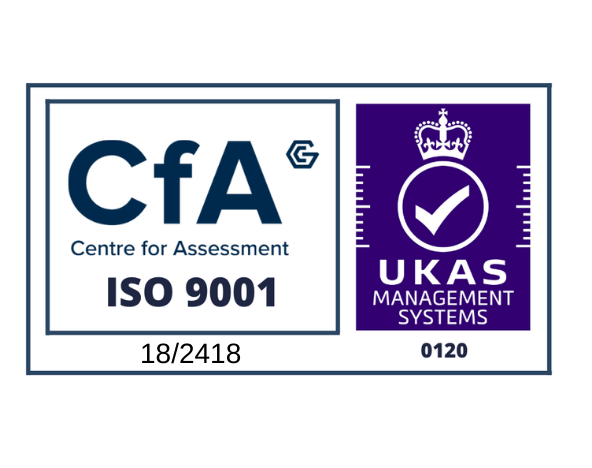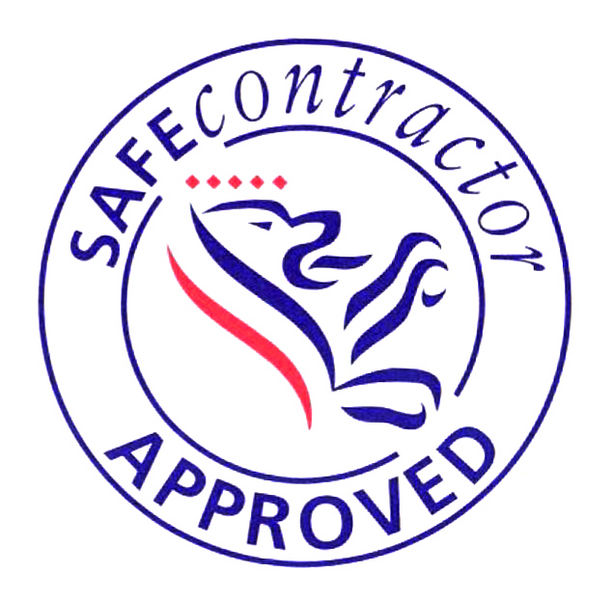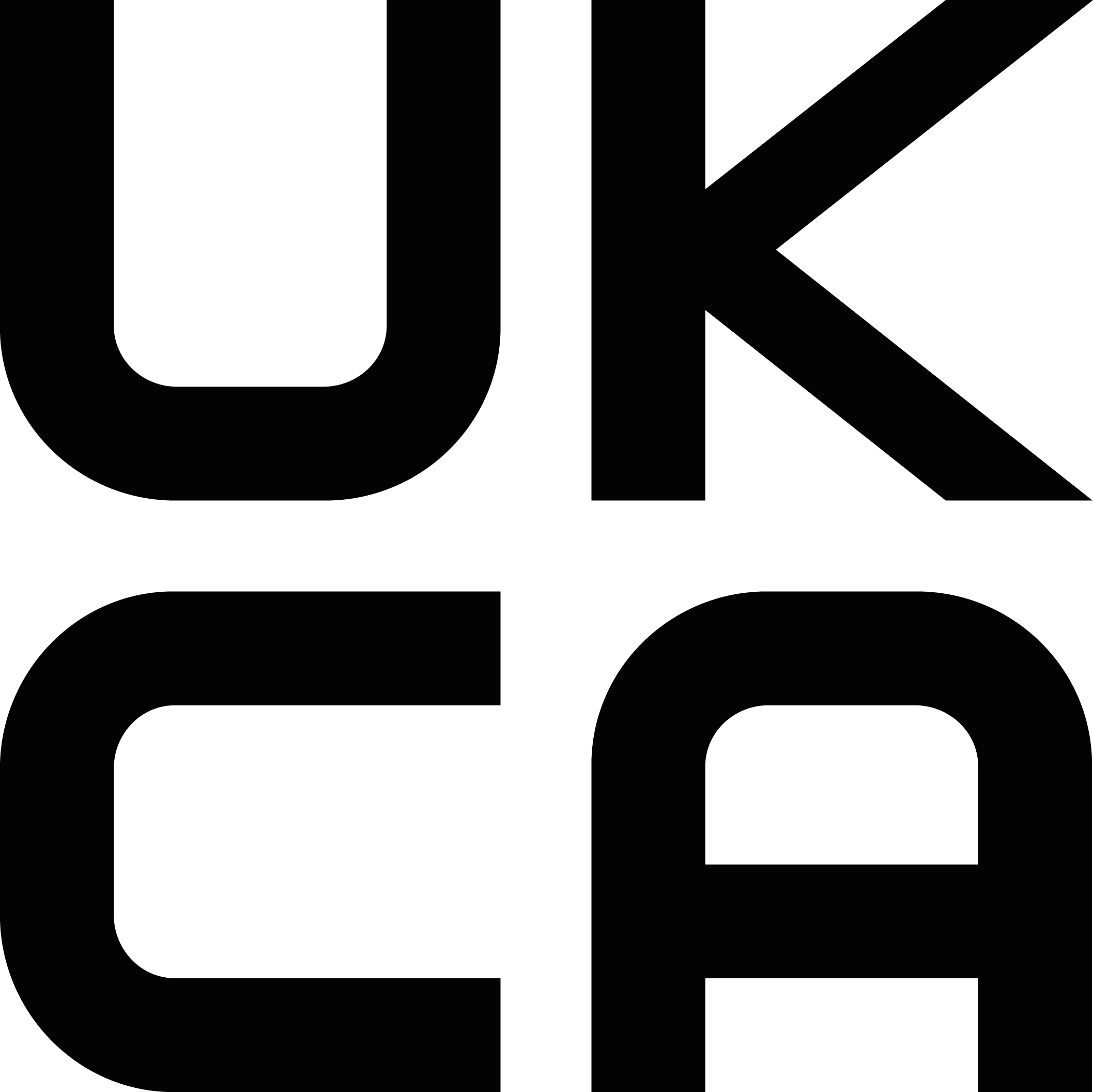Country Homes Cost More, But City Pads Rising Faster
The rural dreams of the British homebuyer are pushing up the price of homes in the countryside. New research has highlighted the premium that homeowners are willing to pay to achieve their dream property, which might come with additional outdoor space or an outdoor spiral staircase.
The data, released by the Halifax, found that on average a home in the country will cost 26% more than one in an urban area. This results in an average of £46,575 more on the sale price. However, the figures indicate that the growth rate in property prices in urban areas in the last five years has been greater than those in the country.
A Countrywide View
There are price variations throughout the country, but across the board country properties are more expensive. The greatest difference in price between rural and urban homes is in the West Midlands, where a country retreat will cost you around 57% more. This compares with the north-east of England, where the difference in sale prices is only 13%.
Price of City Homes Increasing
There might still be substantial price differences between rural and urban properties, but the cost of those in more central locations is rising faster. From 2009 to 2014, the average cost of a country property rose by 12%, whereas in urban locations this rise was 18%. In the last year alone, prices have increased in the city areas by 10%, against just 8% in the country.
More First-Time Buyers
This difference in growth rates is partly due to the rise in the number of first-time buyers looking to get on the property ladder. Over the past few years, as the economy has recovered and borrowing levels have improved, there has been an increase in this area.
Many people’s dream is to have a home in the country, and they’re often prepared to pay for this. However, this is making these areas less affordable for first-time buyers. With homes in the country still costing significantly more, first-time buyers often have to look in urban areas for their initial purchase. In rural locations, only 42% of buyers were purchasing their first property, compared with 54% of all transactions in the city.
Get More for Your Money
There might be a difference in price between rural and urban properties. However, homeowners in these locations do benefit from larger homes, with the options of having more living space or an outdoor spiral staircase, for example. Generally, the plots available to build on in country settings are bigger to start with. There is a need to construct a greater number of city homes, so the end result is smaller properties. Typically, rural homes are over 20% bigger than urban ones. This results in an average size of 127 square metres in the country against 104 square metres in more central locations.
As the demand for homes continues to rise, there is likely to be faster growth in urban areas as first-time buyers become increasingly priced out of rural locations.







